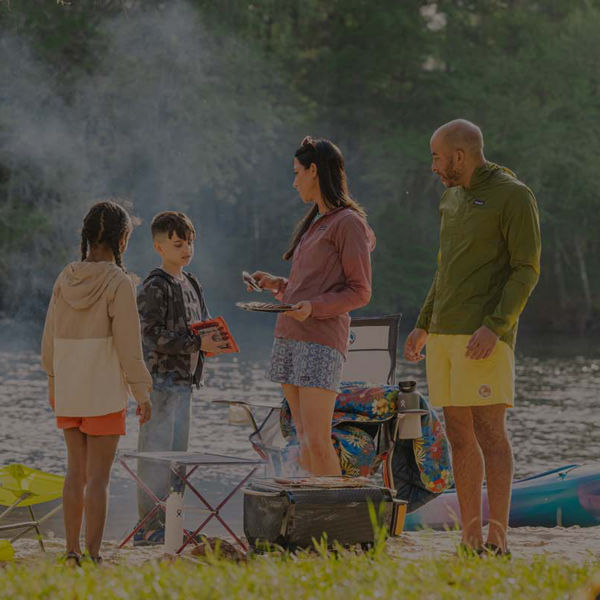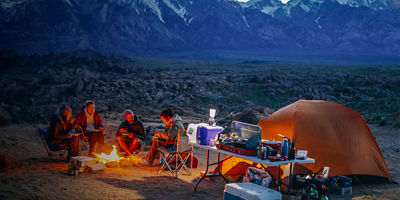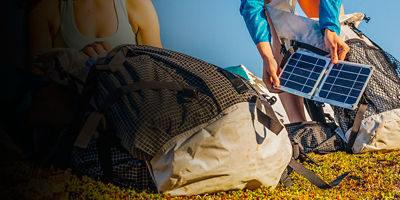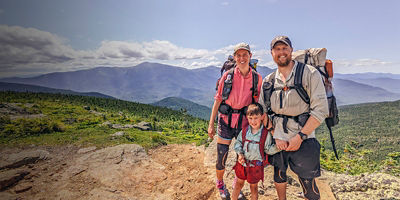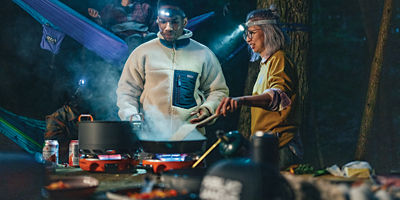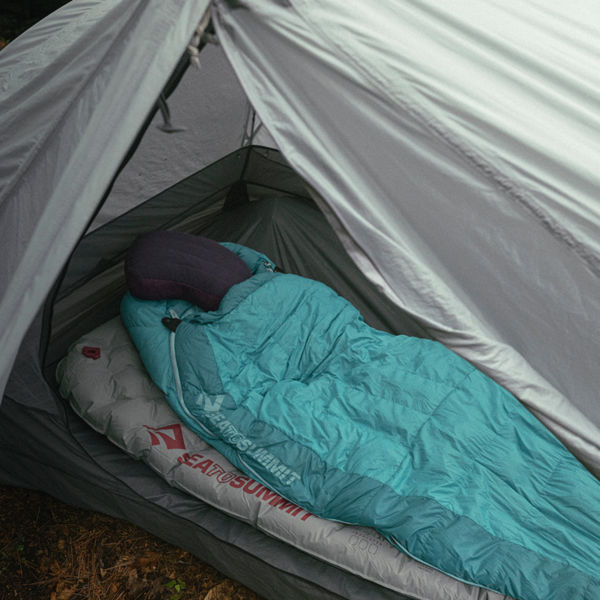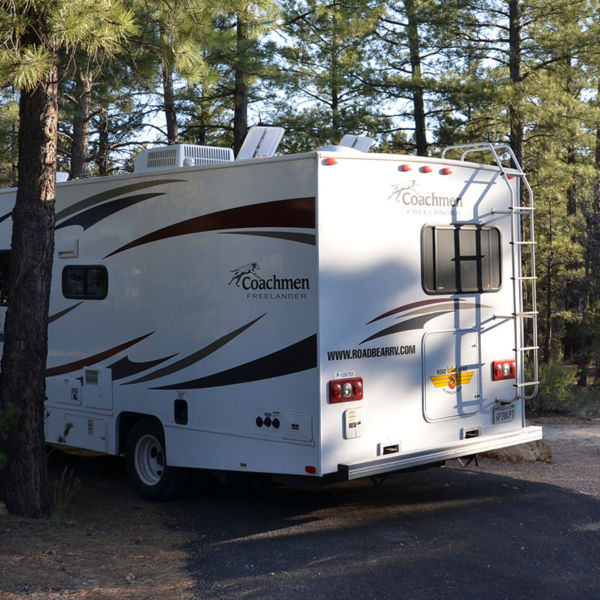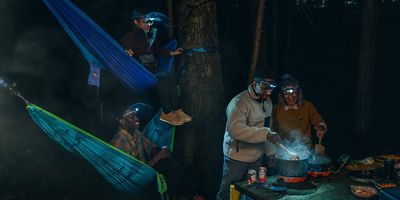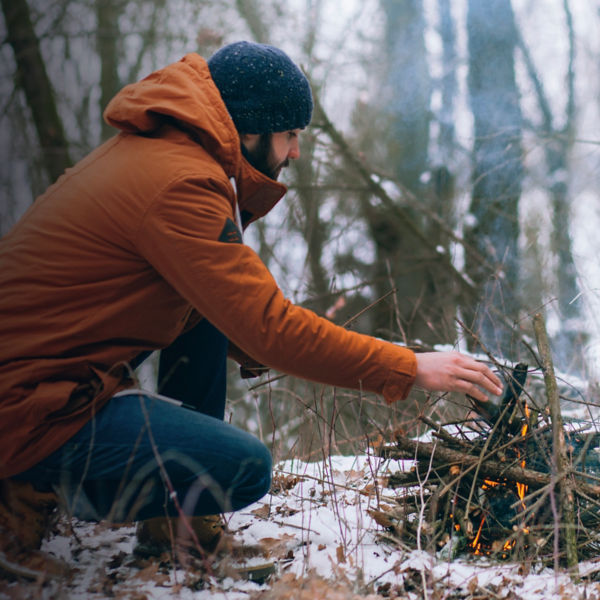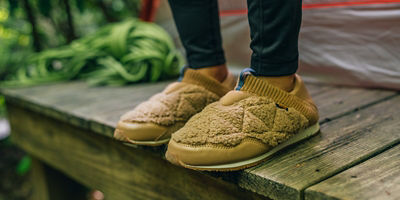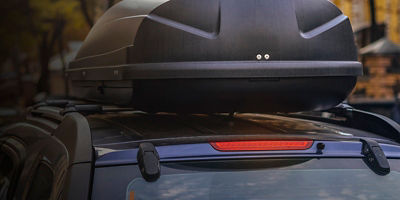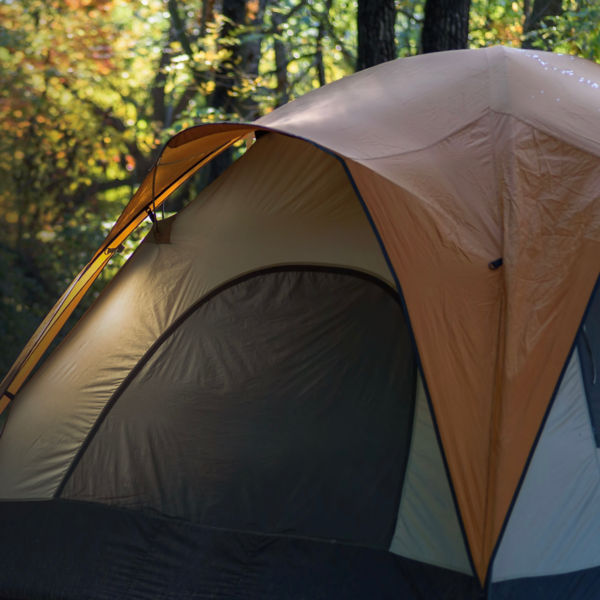
Features
From arm holes to foot vents, here are key ways to upgrade your sleeping bag.
- Compatible zippers: Couples who want to zip their sleeping bags together should get bags with compatible zippers. Mummy bags have left and right zippers in order to mate.
- Short zippers: Some ultralight bags use short zippers to save weight. This makes them harder to vent, and they can’t mate with other bags.
- Foot vents: An extra zipper or flap at the feet allow you to air out the bottom of the bag on mild nights.
- Stash pockets: A small pocket in the chest area holds a headlamp or phone.
- Hood: Most bags rated below 30 degrees have a hood. Make sure it’s easy to adjust.
- Pad sleeve: A sleeve or straps on the bottom of a bag can help you stay on top of your pad.
- Draft tubes: Bags made for colder temperatures should be insulated against cold air seeping in along the zippers.
- Anti-snag zipper guards: Lightweight sleeping bag fabric snags easily in zippers. Look for a strip of stiff fabric that miniizes snagging.
- Arm holes: Some bags enable you to stick your arms out with the bag zipped up, which is great for sipping coffee or reading in frigid weather.
- Water resistance: Shell fabric with a water-resistant treatment helps keep insulation dry. This is a good defense agains condensation inside a tent, or misty weather if you’re sleeping out.
- Multiple lengths: Most bags come in regular and long versions.
Accessories
- Compression sack: All sleeping bags come with a stuff sack. The best are compression sacks that squeeze the bag down for easier packing. If your bag doesn’t come with a compression sack, consider buying one.
- Storage sack: Most bags come with a large storage sack (a laundry sack works great if not). Use it between trips, and it will extend the life of your bag.
Women's Sleeping Bags
Not long ago, all sleeping bags were one-size-fits-all, which really meant women were making do with bags made for men. Most manufacturers today make bags designed for women, taking into account key differences in body shape and insulation needs. Women’s bags tend to have more room in the hips, come in shorter lengths, have more insulation for a given temperature rating, and more insulation in specific areas like the feet.









